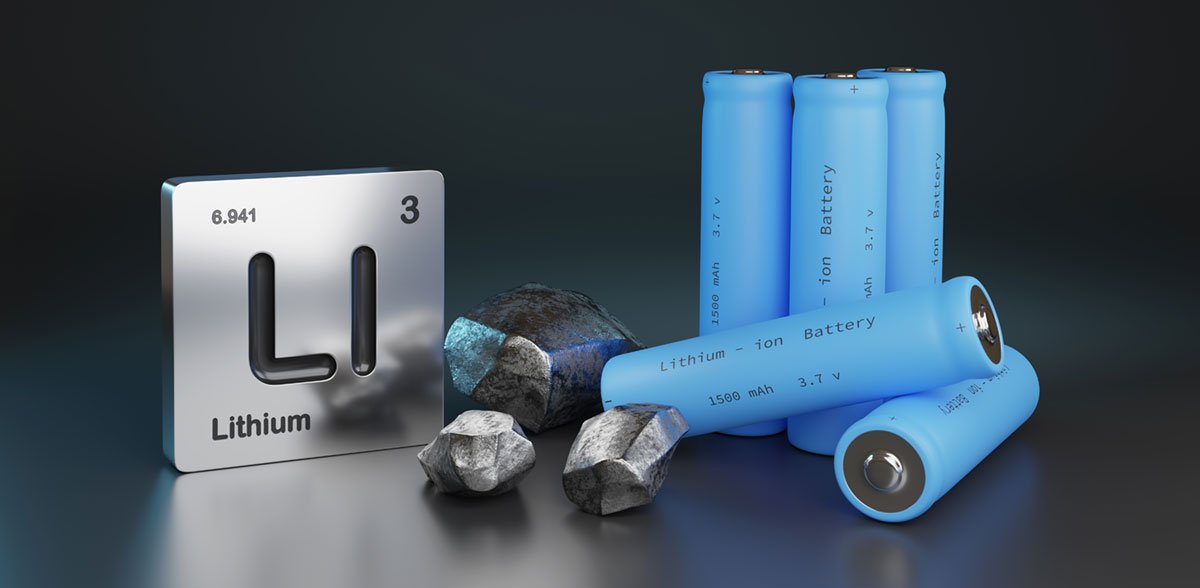Storing energy is highly crucial for the preservation of energy to be used when required. Lithium-ion batteries are familiar to most of the population, and there are numerous emerging methods of storing energy that are becoming a popular trend in 2025. These are new techniques that can be quite energy-laden, have extended life, and are adapted to clean energy products such as solar power and wind power. In this blog, we will describe the most promising emerging concepts of energy storage that do not involve lithium-ion batteries.
Mechanical Energy Storage
Movement or force can be used as one of the ways of storing energy. As an example, flywheels revolve to store energy. The spinning becomes slower when the power is required and transmits energy into the grid. Another method uses gravity. When the electricity is expensive or additional, the heavy weights are hoisted up. They are then later allowed to tend down, and this movement generates electricity. These systems are good since they are capable of retaining energy without wastage over time.
Thermal Energy Storage
This form is able to store energy either as electricity, heat, or cold. Other systems can be operated with molten salt, which is a form of hot liquid, and it stores heat for hours or days. Power is required to convert the heat to electricity. In other systems, the materials that are used to store or release energy are solid and liquid. The system of this technology is to maintain the monotony of power at a time when the sun does not shine and the wind does not blow.
Compressed Air Energy Storage(CAES)
CAES is an ingenious method of energy, by compressing air into huge tanks or deep wells. The compressed air is removed when the towns require a lot of electricity. This warms the air and, of course, generates electricity through turbines. The CAES systems today are increasingly more efficient than the previous ones, as they do not lose as much energy. This process is capable of storing energy over a long period and is useful in large-scale energy requirements.
Energy Storage Chemical Non-Lithium.
In addition to lithium, scientists are investigating other chemicals for use in energy storage. Hydrogen storage is one of the measures that has gained popularity. Water can be split into hydrogen and oxygen with the help of electricity. The hydrogen is stored, which can be converted to electricity later, or the fuel can be utilized. The technique is clean and is able to hold energy over an extended period. There are other emerging forms of battery types that use other chemicals, such as sodium, sulfur, or metal-air theory. These batteries might not be so expensive or hazardous as to be lithium-ion.
Supercapacitors
Supercapacitors have a different mode of electricity storage where electrical charge is stored on surfaces. They have the ability to facilitate energy charging and release at very high speeds, unlike regular batteries. That results in their application being of short bursts of power, such as electric cars, or to supplement the energy in the grid. Recent innovations are enhancing the capacity of supercapacitors to hold a lot of energy and are hence favorable in various applications.
Magnetic Storage
Superconducting Magnetic Energy Storage (SMES) uses magnets to hold energy. This system stores energy in a magnetic field created by electric current flowing through special wires that have no resistance. SMES can release energy almost instantly and has high efficiency. It is useful for tasks that need quick bursts of power or to keep the grid stable.
Flow Batteries
Flow batteries store energy in liquids that flow through the system. The liquids hold energy in chemical form and can be used when needed. One advantage of flow batteries is that they can be scaled up easily to store large amounts of energy for long periods. They can also last many years without losing their ability to store energy.
Why Are These Innovations Important?
Solar and wind energy are great for the environment, but they do not produce power all the time. We need to save energy when the sun shines or the wind blows and use it later when it’s dark or calm. The new energy storage methods help make this possible. They store clean energy safely and provide power whenever it is needed.
Many of these new storage technologies also last longer and are safer than lithium-ion batteries. Some use materials that are easier to find and cost less. This makes energy storage more available to more people and helps reduce pollution from mining rare materials.
In Conclusion
Energy storage is changing fast. Many new technologies are being created to solve the problems that lithium-ion batteries have. Mechanical systems like flywheels and gravity storage use forces and movement. Thermal systems store heat to be used later. Compressed air and hydrogen storage offer ways to save energy for longer periods. Supercapacitors and magnetic storage deliver quick energy when it is needed. Flow batteries hold liquid chemicals to store power safely and for longer.

